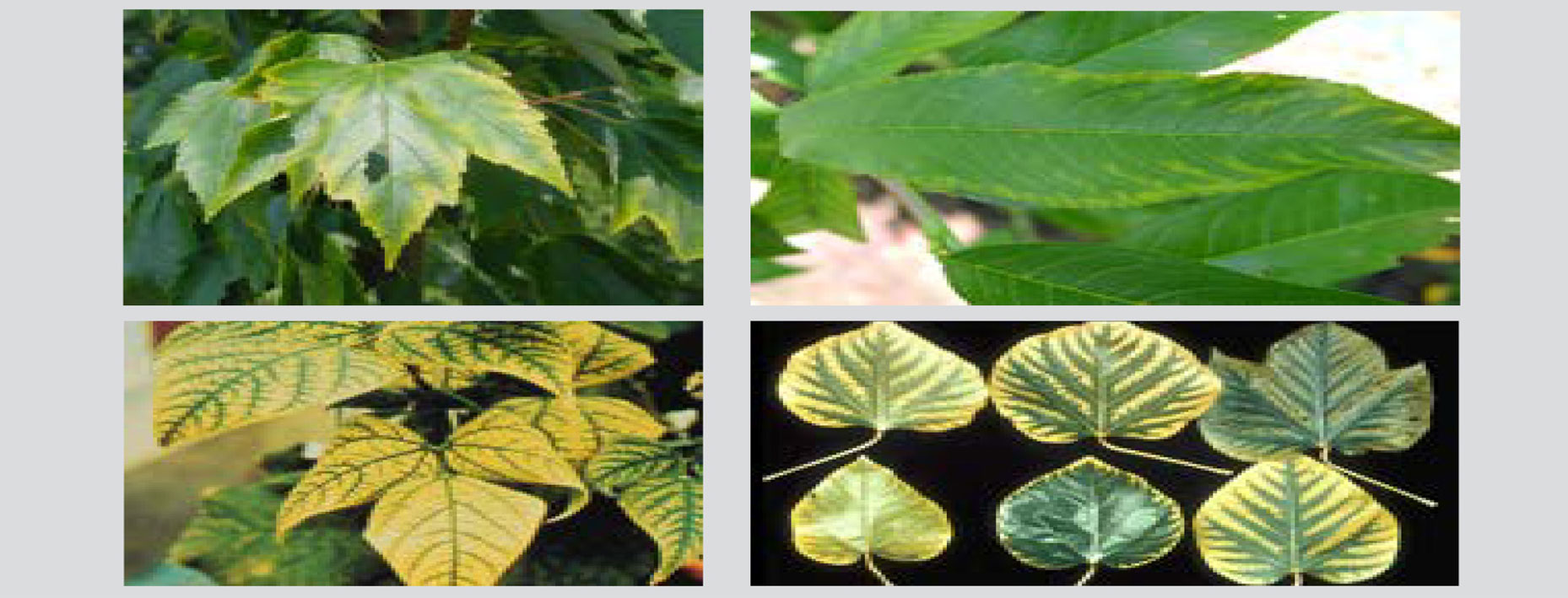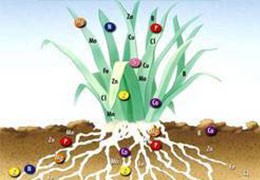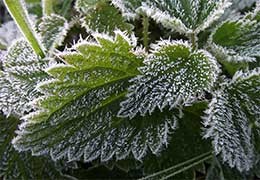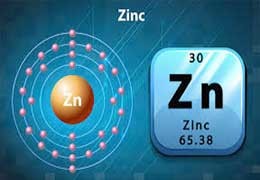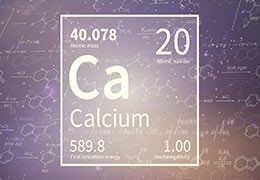As a part of the plant's enzyme system, manganese element activates several metabolic processes. This element is a component of pyruvate carboxylase, which is involved in the phenomenon of oxidation reduction in photosynthesis, and its presence is mandatory. Manganese element oxidizes indoleacetic acid in plants by activating indoleacetic acid oxidase. This element plays an important role in the nutrition of cereals, potatoes, vegetables and peaches. Manganese is the most abundant element in the soil after iron and they are synergistic with each other.
Manganese element has low and limited mobility in plants. Non-observance of the principles of optimal use of water and fertilizer, dry and calcareous areas show the lack of this element. Also, the presence of a lot of organic matter in the soil reduces the available manganese. On the other hand, one of the factors that increases the absorption of this element and creates a synergistic state is the use of nitrogen, which causes better absorption of manganese due to acidification of the environment.
In summary, manganese element is used for photosynthesis, nitrogen (nitrogen) metabolism and the formation of other compounds that are necessary for plant metabolism. Manganese element is involved in electron transfer reactions in plants and plays a role in chlorophyll production, hence the role of manganese in plants. Its participation in composite systems is considered.
Since manganese is a less mobile element in the plant, the initial symptoms of its deficiency appear in the young parts and leaves first. During the deficiency of manganese, the leaves are weak and appear as spots between the veins, the chlorotic spots are light green to yellow and the leaves fall earlier. The growth of the branches is less and the texture of their wood is fine and sometimes the terminal dryness is also observed in severe manganese deficiency. Due to the reduction of photosynthesis, flowering and fruit formation also decrease and subsequently the size of the fruit decreases.
The 18% complexed manganese fertilizer of Sepehr Parmis Technology Company has a very high performance in eliminating the deficiency symptoms and meeting the needs of the plant, so that in a short period of time and with spraying solution (in unsuitable soil conditions) it can completely meet the needs of the plant. This product consumes very little, but it creates high functional effects. He used this fertilizer even one month before harvest to improve marketability and improve the quality of garden and agricultural products.
The prominent role of manganese in plants is its participation in complex systems. For example, this element is known as a part of the arginar and phosphotransferase enzyme system. Manganese is involved in electron transfer reactions in plants and also plays a role in chlorophyll production. Most of the manganese is in the leaves and stems of plants, and its amount is negligible in the seeds of plants. Manganese interacts with iron in the plant, and the presence of large amounts of it in the soil can affect the absorption and consumption of iron by the plant. This issue (i.e. iron deficiency by manganese) aggravates the problems caused by manganese toxicity in the plant. Manganese deficiency is usually seen in organic soils and soils with an alkaline reaction.
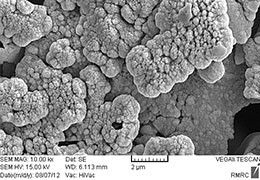 Nano FertilizersRead more
Nano FertilizersRead more Nutrition in Fruit set2023-10-25Posted in: EducationalRead more
Nutrition in Fruit set2023-10-25Posted in: EducationalRead more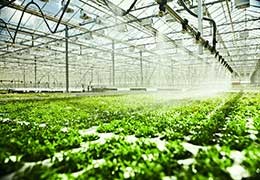 Foliar Application Investigation2023-06-06Posted in: EducationalRead more
Foliar Application Investigation2023-06-06Posted in: EducationalRead more Iran Agri show 20232022-12-31Posted in: EducationalRead more
Iran Agri show 20232022-12-31Posted in: EducationalRead more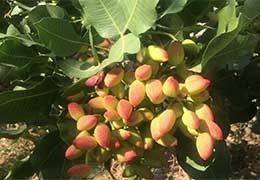 Nutrition on pistachio trees2022-10-31Posted in: EducationalRead more
Nutrition on pistachio trees2022-10-31Posted in: EducationalRead more

